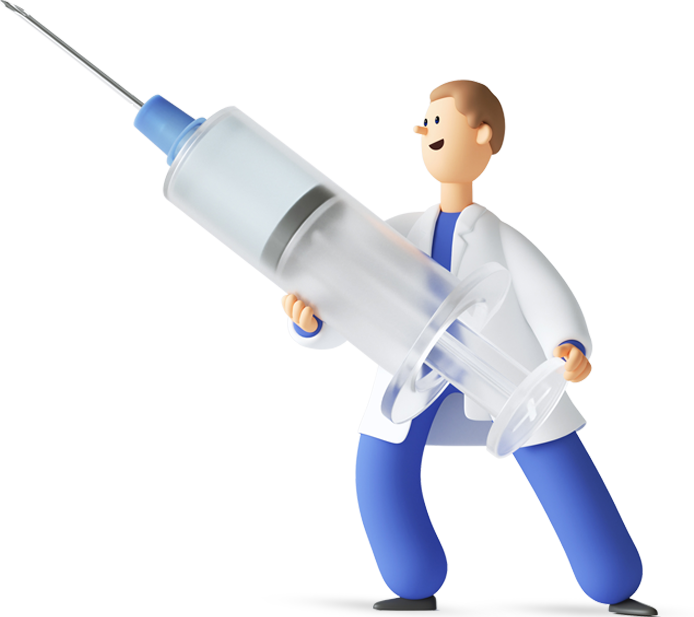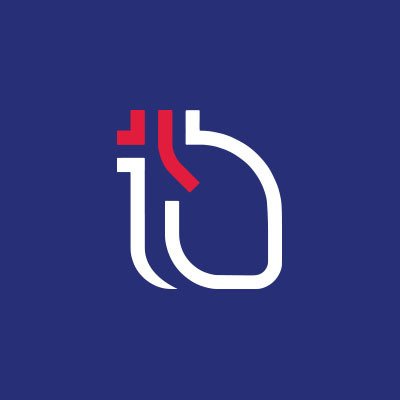

After surviving a major cardiac event, you are now facing a long list of lifestyle changes. Fortunately, these changes can empower your recovery. Overwhelming, right? Trust me, I have guided hundreds of angioplasty patients through recovery, and here’s what nobody tells you: your heart’s second chance isn’t about restriction—it’s about recreation. Those life-changing habits after angioplasty aren’t punishment; they’re your blueprint for potentially adding years to your life. The same body that betrayed you can become stronger, but only if you know which changes matter.
Life after angioplasty can feel overwhelming, but with the right habits, it becomes a second chance at a healthier future.”
I have distilled everything down to 10 evidence-backed habits that my most successful patients swear by. But there’s one habit that outperforms all others combined, and it’s probably not what your cardiologist emphasised.
Understanding Life After Angioplasty
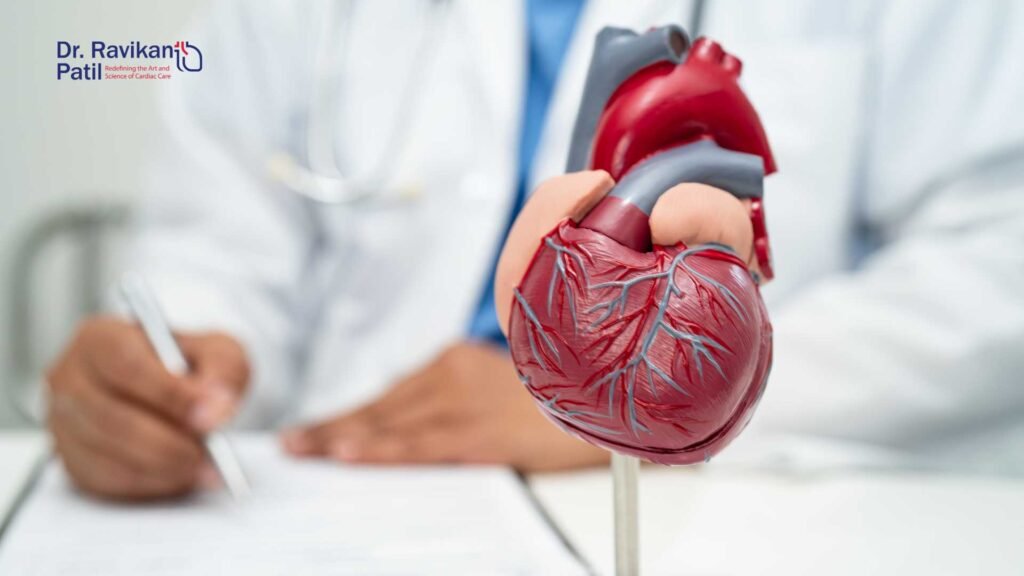
Understanding how Angioplasty Changes Your Heart Function. After angioplasty, your heart literally gets a new lease of life. The procedure opens up blocked arteries. As a result, many patients report increased energy and reduced chest pain, which means their heart muscle receives the oxygen it desperately needs.
What happens inside your body is remarkable. Before angioplasty, your heart worked overtime, struggling to pump blood through narrowed vessels. Now, it doesn’t have to work as hard. Many patients notice they have more energy and less chest pain almost immediately.
Your heart’s efficiency improves dramatically. The chambers can fill and empty appropriately, and the muscle tissue starving for oxygen starts to heal. For some people with severe blockages, this change feels like going from running through mud to sprinting on a track.
Heart-Healthy Habits That Transform Life After Angioplasty
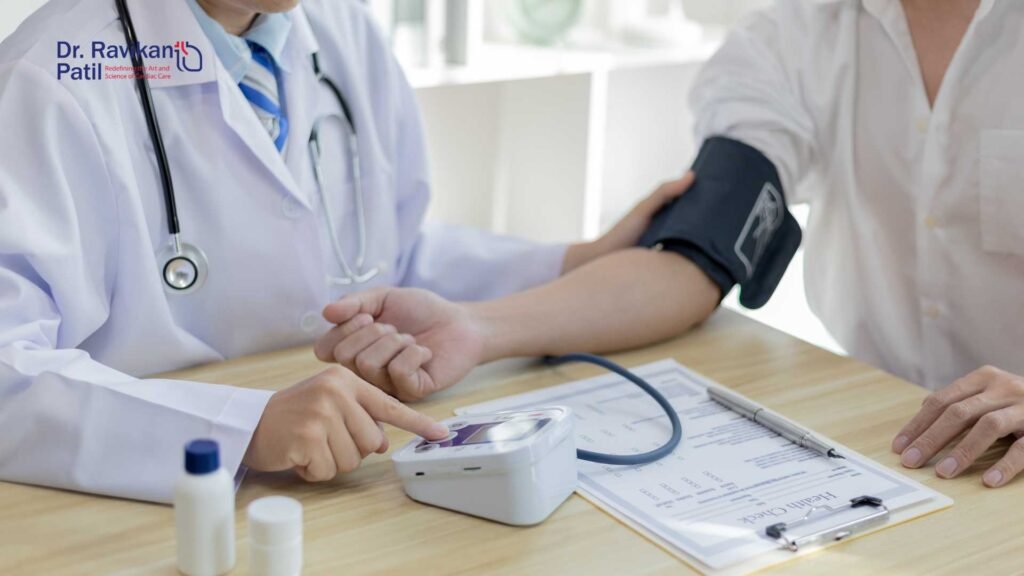
Your blood pressure and heart rate tell a crucial story after angioplasty. These aren’t just numbers – they indicate how well your heart adapts.
Daily Monitoring: A Vital Part of Life After Angioplasty:
- Blood pressure (morning and evening)
- Heart rate at rest
- Weight (fluid retention matters)
- Activity tolerance
Therefore, daily monitoring can help catch warning signs before they become serious. Many post-angioplasty patients miss warning signs because they don’t monitor consistently. Small changes can signal big problems before they become emergencies.
Post-Angioplasty Recovery Timeline: What to Expect
Recovery isn’t a straight line upward. For example, mild fatigue and emotional ups and downs are completely normal in the first month. Some days you will feel amazing, others you might wonder if the procedure helped. Most patients return to normal activities within a week, but complete healing takes time. Your body is adjusting to new blood flow patterns and possibly medication.
The first month is critical. Expect some good days mixed with fatigue, mild discomfort around the catheter site, and possibly emotional ups and downs. This rollercoaster is entirely usual.
A realistic timeline looks like this:
- 1-3 days: Rest and minimal activity
- 1 week: Light household activities
- 2-4 weeks: Gradually increasing exercise with guidance
- 6-12 weeks: Return to most normal activities (with doctor approval)
Empowering Yourself by Recognising Warning Signs that Require Medical Attention. Some symptoms should send you straight to the phone or ER. Don’t ignore these red flags:
Chest pain similar to what you felt before angioplasty could indicate restenosis – your artery narrowing again. This isn’t just ordinary discomfort; it’s your body screaming for help.
Sudden shortness of breath, especially at rest, needs immediate attention. So does any unusual swelling in your legs or ankles, which might signal that your heart isn’t pumping effectively. Fever after angioplasty isn’t normal; neither is redness, swelling, or discharge at the catheter site. Trust your instincts. The “better safe than sorry” approach saves lives regarding heart health after angioplasty. In case of emergency, call an ambulance immediately. For expert cardiac care, consult Dr. Ravikant and his team—visit our website to book your appointment.
How Nutrition Shapes Your Life After Angioplasty
Smart Eating Habits That Redefine Life After a Heart Procedure
After an angioplasty, what you eat matters—a lot. Think of your arteries like pipes that need to stay clear. Omega-3-rich foods are your best friends now. Fatty fish like salmon and mackerel don’t just taste good—they fight inflammation that can clog those arteries again. Berries aren’t just for smoothies anymore. Blueberries, strawberries, and blackberries pack antioxidants that protect your blood vessels. Toss a handful of oatmeal (which, by the way, helps lower cholesterol). Nuts and seeds? Keep them handy for snacking. Walnuts, almonds, and flaxseeds support heart health and help you resist vending machine temptations. Nutrition plays a pivotal role in life after angioplasty, helping to keep your arteries clear and your heart strong.
Creating a balanced low-sodium meal plan
The salt shaker is now your frenemy post-angioplasty. Your heart will thank you for cutting back. Start reading labels – sodium hides everywhere in processed foods. Similarly, incorporating more plant-based meals supports heart health.

Try this simple approach:
- Half your plate: colourful vegetables
- Quarter: lean protein (beans, fish, skinless poultry)
- Quarter: whole grains
- Side: fruit instead of sugary desserts
Herbs and spices can brilliantly replace salt. Experiment with basil, oregano, and cumin to wake your taste buds without the sodium hit.
Hydration strategies for heart patients
Water isn’t just for hot days after angioplasty – it’s medicine. Proper hydration helps maintain blood pressure and prevents blood from thickening. Aim for 8-10 cups daily unless your doctor advises otherwise. If you do not like plain water, try infusing it with cucumber slices, berries, or mint leaves. Tea lovers get bonus points – green and hibiscus teas may help lower blood pressure naturally.
Building a Stronger You: Life After Angioplasty Through Exercise
Starting with cardiac rehabilitation
After an angioplasty, jumping back into exercise without guidance is like trying to run before you can walk. Cardiac rehab is your safety net here. Starting a safe exercise routine is a key part of rebuilding strength in life after angioplasty.
Think of cardiac rehab as your personalised gym with experts who understand your heart’s been through. These programs typically run for 12 weeks and include supervised exercise sessions where nurses monitor your heart rate and blood pressure while you work out. The beauty of cardiac rehab isn’t just the medical supervision – it’s learning your new limits in a safe space. Your cardiac rehab team will design exercises tailored to your recovery stage and heart condition.
Progressive walking programs for beginners

Walking is your new best friend after angioplasty. No fancy equipment is needed, just comfortable shoes and a positive attitude. Start small—seriously small. Day one might involve a 5-minute stroll around your living room. Eventually, you will be able to engage in longer and more vigorous activity—provided your doctor agrees. By week 4, you might manage 15-20 minutes around the neighbourhood. The progression should feel challenging but never uncomfortable.
Here’s a sample beginner walking plan:
| Week | Duration | Frequency | Intensity |
| 1-2 | 5-10 min | 2- 3x/week | Very light, should be able to talk easily |
| 3-4 | 10-15 min | 3- 4x/week | Light, conversation still comfortable |
| 5-6 | 15-20 min | 4- 5x/week | Moderate, slightly harder to talk |
| 7-8 | 20-30 min | 5x/week | Moderately challenging |
Monitoring exertion levels effectively
Listening to your body after angioplasty isn’t just good advice – it’s essential for safety.
The talk test is your simplest tool: you’re pushing too hard if you can’t carry on a conversation during exercise. Your cardiac rehab team might give you target heart rate zones specific to your condition for a more precise approach. Smart watches and heart rate monitors can be helpful, but don’t get obsessed with the numbers. Physical signs matter too – any chest pain, unusual shortness of breath, dizziness, or extreme fatigue means stop immediately.
Keep a simple exercise log tracking how you feel during and after workouts.
Mastering Stress for a Healthier Life After Angioplasty
Daily meditation practices for heart patients

After angioplasty, your heart needs more than just physical care—it needs mental peace, too. Stress is like kryptonite for your recovering heart. That’s why meditation isn’t just lovely; it’s essential. Start with just 5 minutes daily. Find a quiet corner, sit comfortably, and focus on your breath. In contrast, avoiding stress altogether is unrealistic; thus, learning to manage it is key. Feel that? That’s your heart rate slowing down. That’s healing happening.
Try these heart-friendly meditation approaches:
- Guided imagery: Picture your arteries flowing freely
- Mindfulness: Notice sensations without judgment
- Loving-kindness: Direct positive wishes toward yourself and others
Many patients tell me they “can’t meditate” because their minds wander. News flash: that’s normal! The practice isn’t about perfect focus—it’s about gently returning your attention each time it drifts.
Sleep, Recovery, and Balance in Life After Angioplasty
Optimal sleeping positions after angioplasty
After your angioplasty, how you sleep matters a lot. Your best bet is back sleeping, which keeps your chest open and reduces pressure on your heart. Side sleeping can work too, but try to avoid the side where your catheter was inserted for at least the first week. If you had a groin catheter, prop a pillow between your legs to minimise discomfort.
Stomach sleeping? Hard pass. It puts unnecessary strain on your chest and can disrupt your breathing pattern.
Creating a sleep schedule that promotes healing

Your body heals during sleep, so aim for 7-9 hours every night after angioplasty. Consistency matters—aim to sleep and wake up simultaneously daily to support your heart’s natural rhythm. Cut off screens an hour before bedtime – that blue light messes with your sleep hormones. Instead, try gentle stretching or reading to wind down. Consequently, you will fall asleep faster and support your body’s healing process.
The connection between sleep and heart recovery
Poor sleep isn’t just making you cranky—it’s actively sabotaging your heart recovery. During deep sleep, your blood pressure naturally lowers, allowing your heart the rest it needs to recover and recharge. Missing quality sleep triggers inflammation and stress hormones that make your heart work harder. Think of good sleep as free medicine for your healing heart.
Quitting Harmful Habits to Safeguard Life After Angioplasty
Smoking cessation strategies that work
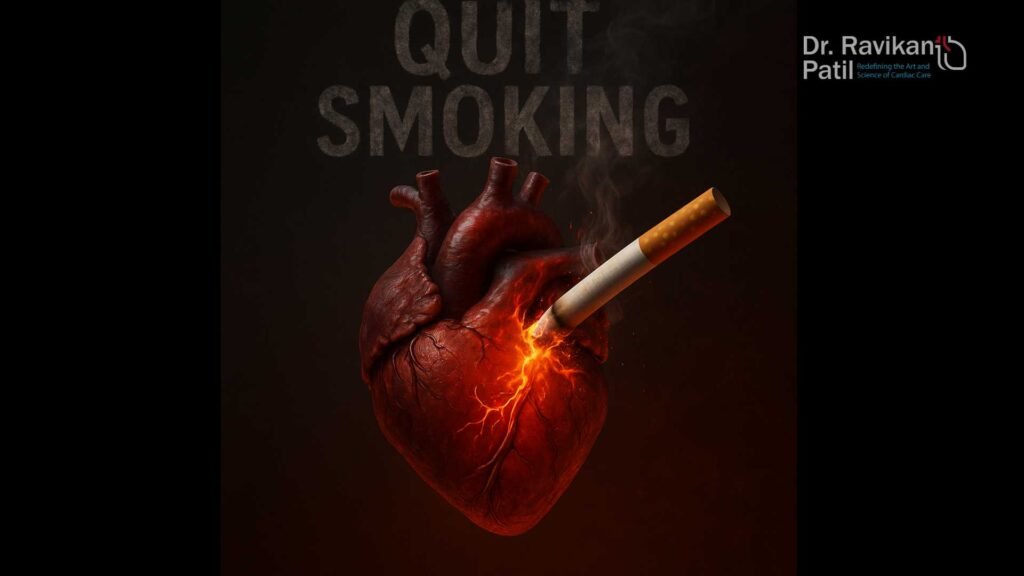
Quitting smoking is non-negotiable after angioplasty. Your heart’s begging you to stop. But I know—it’s tough. Here are strategies that deliver results:
- Nicotine replacement therapy: Patches, gums, and lozenges can help manage cravings
- Talk to your doctor about medications like Chantix or Zyban, which can double your chances of success
- Set a firm quit date and tell everyone about it—accountability works wonders
- Join a support group with fellow quitters (in-person or online)
- Download a quit-smoking app that tracks your progress and health improvements
The first two weeks are the hardest. Push through them, and your risk of another cardiac event drops significantly.
Reducing alcohol consumption
That post-angioplasty celebration drink? Skip it. Alcohol puts extra strain on your recovering heart by:
- Raising blood pressure
- Adding empty calories that contribute to weight gain
- Potentially interfering with heart medications
Try these approaches:
- Swap your usual drinks for mocktails or flavoured sparkling water
- Set clear limits for your drinks
- Avoid keeping alcohol at home during your recovery
- Practice saying “no thanks” at social gatherings
Stopping hidden sources of stress
Anxiety, pressure, and stress are silent contributors to heart problems that often go unnoticed. After angioplasty, recognising your personal stress triggers becomes essential for long-term heart health.
- Work deadlines? Consider discussing modified responsibilities
- Family drama? Set boundaries around heart-harmful interactions
- Financial worries? Speak with a financial counsellor
- Traffic stress? Try audiobooks or leaving earlier.
Develop a 5-minute daily stress reset: deep breathing, progressive muscle relaxation, or sitting quietly. Your arteries will thank you.
Remember, these changes aren’t just about recovery—they’re about preventing the need for another procedure.
Building a Supportive Community
Communicating needs to family and friends

Recovery after angioplasty isn’t a solo journey. Your loved ones want to help, but can’t read your mind. Be direct about what you need – a ride to appointments, help with grocery shopping, or someone to talk to when frustration hits.
Most people struggle with asking for help, but clear communication prevents resentment and ensures you get proper support during this critical time. Try phrases like “I need to rest today, could you help with dinner?” instead of hoping someone notices you’re tired.
Finding heart health support groups
Nothing beats talking to someone who gets what you’re going through. Heart health support groups connect you with fellow warriors who’ve walked this path. These groups offer practical tips that even your doctor might not consider. Dr Ravikant Patil has created a slow living community where we help the patients. Likewise, joining a support group keeps you emotionally connected.
Navigating Work, Travel, and Routine in Life After Angioplasty
Balancing work responsibilities with recovery

The hardest part after an angioplasty? Getting back to work without overdoing it. Trust me, your career isn’t worth risking your heart health.
Start with a gradual return plan. Most people can return to desk jobs within a week, but physical work requires 4-6 weeks off. Talk to your cardiologist about your specific timeline—they know your heart better than your boss. When you return, set boundaries like they’re non-negotiable (because they are). Need to step away for medication? Do it. Feeling overwhelmed? Take a breather. Your colleagues will survive without you for five minutes.
Travel considerations for post-angioplasty patients
Dreaming of that vacation? You can still travel after angioplasty, but play it smart:
- Wait at least 1-2 weeks before flying (longer for international trips)
- Carry all medications in your carry-on (never check them)
- Take a document of your medical papers and doctor contacts
- Move around during long flights to prevent blood clots
- Consider travel insurance that covers cardiac conditions
Planning for lifetime heart health

Your heart deserves a long-term strategy. Think of it as your most crucial investment plan:
Build a relationship with a cardiologist you trust. Good heart care means regular monitoring, not just crisis management. Celebrate small wins—each day without smoking, each heart-healthy meal, and each stress-free moment is a victory.
Conclusion
Your journey after angioplasty is a lifelong commitment to your heart’s health—start strong, stay consistent. Remember that heart health evolves as you age. What works in your 40s might need adjusting in your 60s. Stay flexible and keep learning about new approaches to cardiovascular health. Recovering from angioplasty marks the beginning of a transformative journey toward heart health.
By following heart-healthy nutrition, establishing safe exercise routines, and implementing effective stress management techniques, you create a foundation for heart disease. Equally important are prioritising quality sleep, eliminating harmful habits like smoking, and surrounding yourself with a supportive community that understands your health goals.
Your post-angioplasty life offers a valuable opportunity to rebuild and strengthen your heart health. Take this chance to create a sustainable lifestyle plan that consistently incorporates these ten habits. Remember, small daily choices lead to significant long-term benefits. Your heart has been given a second chance—honour it by committing to these practices that will extend your life and dramatically improve its quality.
